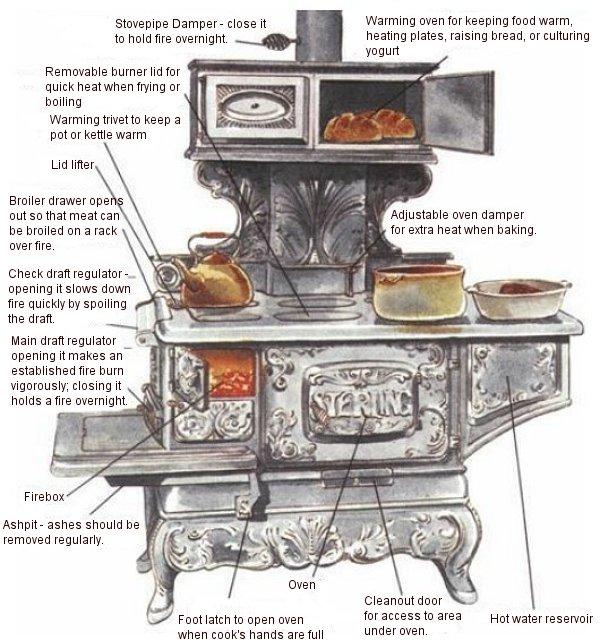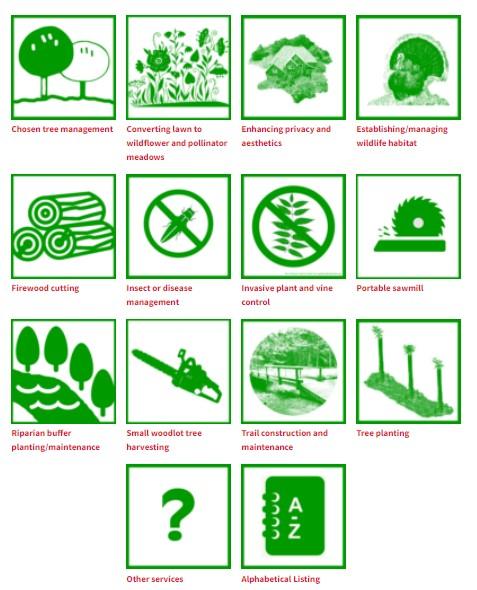New Name, Same Results: Spongy Moth

Last year, the Entomological Society of America chose a new name for an old pest of North American woodlands. Lymantria dispar should now be referred to as the “spongy moth.” According to Bill Davidson, forest health specialist with the New Hampshire Division of Forests and Lands, “The reason it's called spongy moth is because of the appearance of the egg masses. They're just kind of spongy, hairy masses that cover everything.” At this time of year, the caterpillars have finished their defoliating and are pupating into moths. Females lay their distinctive egg masses in June and July in our area, so prepare to survey your woodlands (as well as other structures) for them. Learn how to ensure the eggs don’t hatch next year from our colleagues at the Home and Garden Information Center and from Penn State Extension.
“A Visual, Schematic History of Wood Heating Technology”

If you have ever wondered when the first chimneys were created, or who invented the first metal wood-fired cook stove, then check out this timeline (and its longer, more detailed partner) from our friends at Alliance for Green Heat.
The short version is available at this link.
The longer, more in-depth timeline is available here.
Land Care Management Should Include a Wildfire Plan
While wildfires in the Western US receive a great deal of media attention, wildfires can and do occur in the mid-Atlantic region. If your property includes woodlands, you should ensure that your home and woods are prepared for such events.
A program called “FireWise” can help landowners recognize potential problem areas on their property. This includes trees and household items that may pose a threat to the home if they were to catch fire. FireWise also recommends ensuring that firefighters have adequate access to your property via roads or trails.
Learn more about FireWise in Maryland from the DNR Forest Service at this website. Virginia residents can learn more about FireWise through the Virginia Dept. of Forestry’s website here.

List Your Land Care Services Business on Our Website

Following the publication of the Woodland Health Practices Handbook and Assessment Checklist in 2020, and the Natural Area Management Services webinar series from Fall 2020 through Spring 2022, the Woodland Stewardship Education program now provides businesses an opportunity to become listed on our website. Our “Natural Area Management Services Providers Directory” is for businesses in Maryland and the neighboring states that provide land care services such as controlling invasive plant species, planting and/or maintaining riparian buffers, small woodlot tree harvesting, and much more.
The online directory enables customers to search for providers based on a dozen different land care practices. To have your business listed, please visit https://go.umd.edu/GSP-directory and complete the form found at the “Submission Form” button. Each submission will be reviewed before being included in the directory.
Branching Out, Vol. 30, no. 3 (Summer 2022)
Branching Out is the free, quarterly newsletter of the Woodland Stewardship Education program. For more than 25 years, Branching Out has kept Maryland woodland owners and managers informed about ways to develop and enhance their natural areas, how to identify and control invasive plants and insects, and about news and regional online and in-person events.